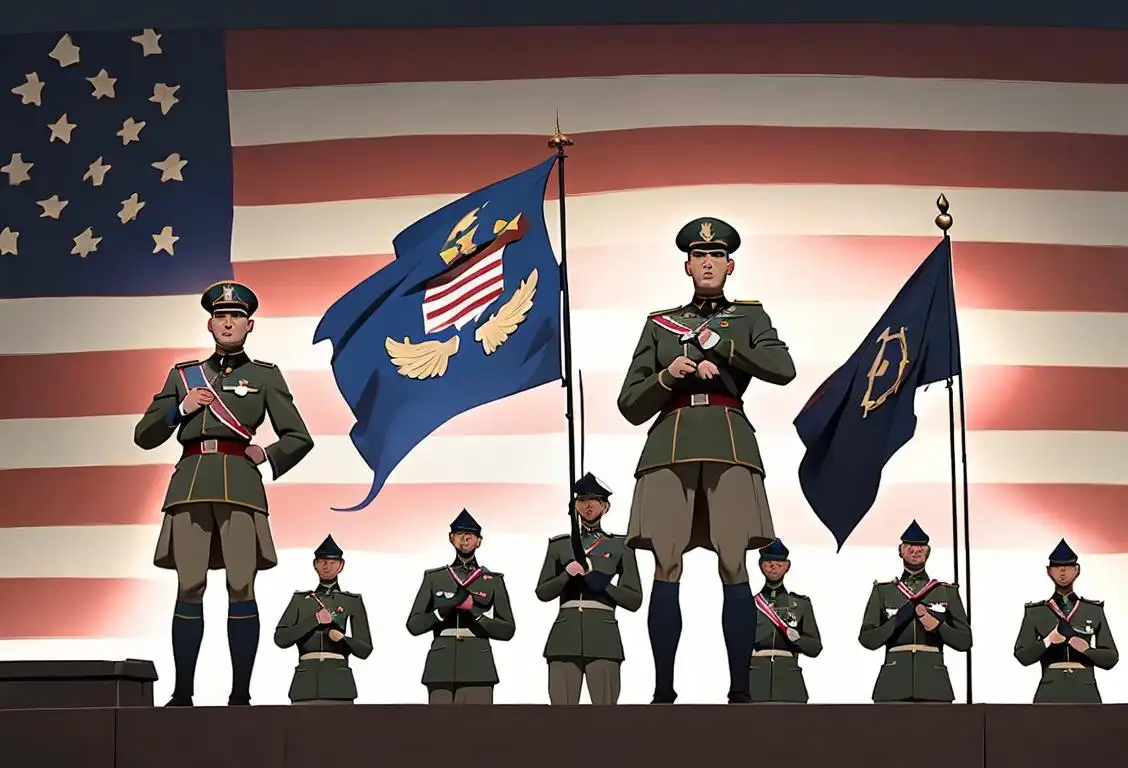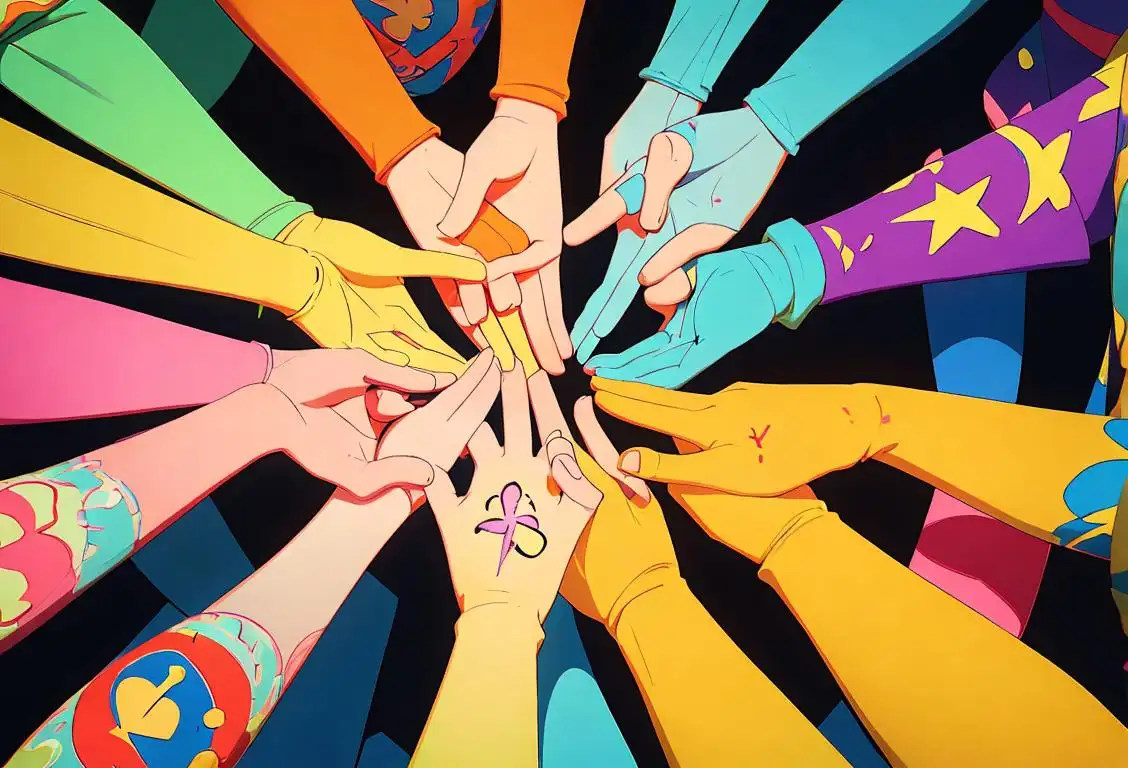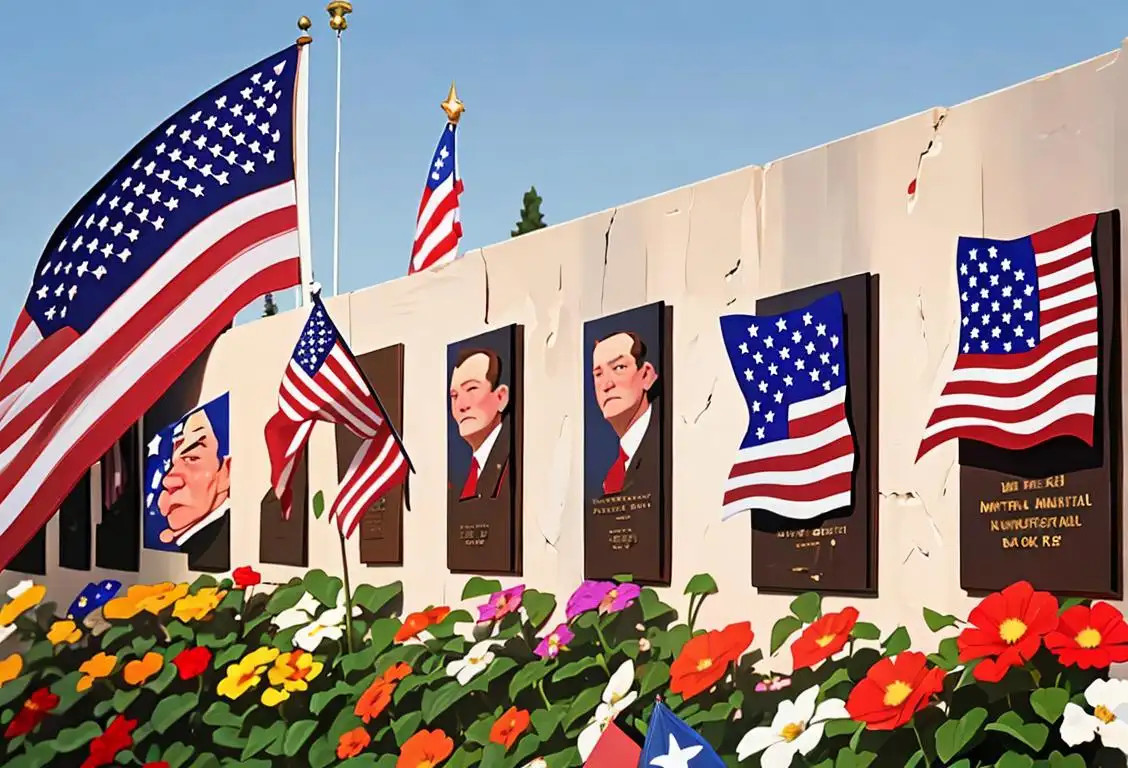National Prediction Day

Have you ever wished you had a crystal ball to predict the future? Well, it turns out there's a day dedicated to making predictions! Welcome to National Prediction Day, a day filled with excitement and anticipation as people try to figure out what the future holds.
When is Prediction Day?
It's national prediction day on the 20th September.
The Origins of National Prediction Day
National Prediction Day has been celebrated since September 20, 2016, and it all started with a few online mentions that captured people's interest. Since then, the day has gained popularity, and now it's a much-loved occasion for everyone looking to test their fortune-telling abilities.
Predictions in the Internet Age
With the rise of the internet, predicting the future has become more accessible than ever. From astrology websites to AI-powered algorithms, there is a dizzying array of tools and resources available for those who want to peer into the crystal ball.
Fun Ways to Celebrate
On National Prediction Day, the possibilities are endless. Here are a few ideas to get you started on your journey to foresee the future:
- Organize a prediction contest with your friends or colleagues. Who can accurately predict the most things?
- Visit a fortune teller or tarot card reader and see what they have to say about your future.
- Write down your own predictions for the year ahead. Keep them somewhere safe and revisit them next National Prediction Day to see how accurate you were!
Did You Know?
Did you know that in ancient Rome, people would observe the flight patterns of birds to make predictions about the future? They believed that birds were messengers of the gods and that their movements held secret meanings. It's like having your own feathered fortune teller!
History behind the term 'Prediction'
1560
The Emergence of 'Prediction'
The term 'prediction' originates from the Latin word 'praedictio' which means 'foretelling' or 'proclaiming in advance'. It gained popularity in the English language around the 16th century.
1888
Scientific Basis: The Birth of Modern Predictive Science
In 1888, the English scientist Francis Galton coined and introduced the term 'prediction' in the context of statistical forecasting. Galton believed that statistical analysis could be used to make accurate predictions about the future.
1940
Rise of Machine Learning and Predictive Models
During the 1940s, with the advent of computers and advancements in mathematics, predictive modeling started gaining prominence. Researchers and statisticians began developing machine learning algorithms capable of making predictions based on patterns, data, and historical information.
1980
Explosion of Predictive Analytics
The 1980s marked a significant milestone in the field of predictions with the growth of predictive analytics. Businesses and organizations started harnessing data to forecast trends, customer behavior, and demand, allowing for more informed decision-making.
2006
Predictive Analytics in Pop Culture
In 2006, the movie 'Moneyball' brought predictive analytics to mainstream attention by showcasing the use of data-driven predictions in baseball. This depiction helped popularize the concept of predictions beyond the scientific and business communities.
Did you know?
In ancient Rome, people observed the flight patterns of birds to predict the future.Tagged
fun loved onesFirst identified
19th September 2016Most mentioned on
20th September 2016Total mentions
42Other days
Medal Of Honor Day
Cheese Pizza Day
Foundation Day
Cancer Survivors Day
Suicide Prevention Day
Compliment Day
Memorial Day
Guac Day
Pumpkin Day
Bacon Day









